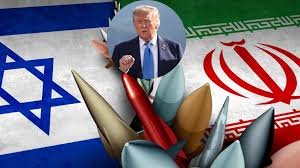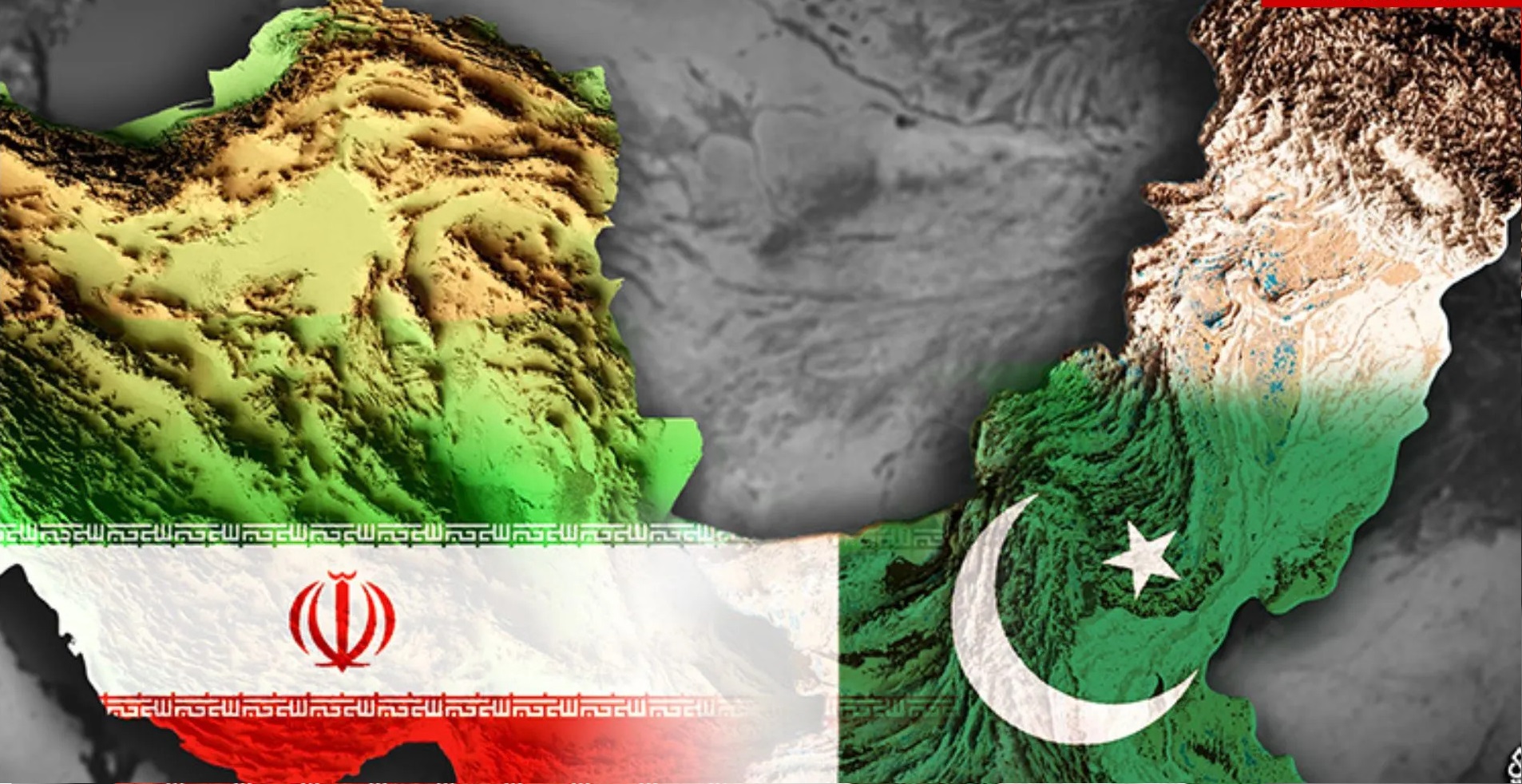Arshad Mahmood Awan
As tensions between Iran and Israel escalate, the question many observers are asking is: who holds the upper hand? On the surface, demographic and geographic statistics seem to favor Iran—its population exceeds 90 million, and its territory dwarfs Israel’s. However, modern warfare is no longer decided by population size or landmass. The 21st-century battlefield is shaped by technology, intelligence, strategic alliances, and military innovation. In these domains, Israel has demonstrated clear superiority.
Israel’s air force, equipped with cutting-edge American aircraft like the F-35 and F-15, significantly outclasses Iran’s largely outdated fleet, which is mostly composed of Soviet-era or domestically produced jets. Israeli airstrikes are not only more precise but are also integrated with advanced cyberwarfare tactics and real-time intelligence gathering. Iran’s failure to mount any significant aerial defense during recent skirmishes highlights its vulnerability in this crucial domain.
Perhaps Israel’s greatest strategic advantage lies in its unwavering alliance with the United States. Washington not only supplies Israel with advanced weaponry but also lends crucial military planning support and political cover. In contrast, Iran stands largely isolated. Despite commercial ties with China and Russia, neither country has shown willingness to back Iran militarily. This diplomatic gap leaves Tehran exposed and alone.
Please, subscribe to the YouTube channel of republicpolicy.com for quality content:
Iran’s economic and political isolation further weakens its position. Sanctions have throttled its ability to procure modern weapons, while its exclusion from the global financial system curbs defense spending and innovation. Israel, on the other hand, enjoys full access to the world’s most advanced military-industrial networks.
Historically, Iran has relied on proxy warfare—through groups like Hezbollah, Hamas, the Houthis, and Shia militias in Iraq and Syria—to project power. Yet most of these groups have suffered significant losses or have retreated in recent years. Hamas has been devastated in Gaza, Hezbollah is largely confined to a defensive posture in Lebanon, and Iran’s regional influence has waned. This erosion of proxy strength is forcing Iran to reconsider direct engagement, where it faces overwhelming odds.
Modern warfare is increasingly defined by cyber capabilities, missile defense systems, satellite surveillance, and drone warfare—fields where Israel is a global leader and Iran remains a laggard. Israel’s Iron Dome, David’s Sling, and Arrow systems have repeatedly neutralized incoming threats, whereas Iran’s missile program is plagued by questions of accuracy and reliability.
Compounding Iran’s external challenges is deepening internal instability. The country is mired in economic crisis, rampant inflation, youth unrest, and growing disillusionment with the political establishment. Public protests and declining trust in governance have weakened the state from within, making a prolonged military engagement even more perilous for Tehran.
If the current trajectory continues, Iran may face even greater strategic difficulties. Its technological disadvantage, diplomatic isolation, weakening proxy infrastructure, and domestic unrest place it at a distinct disadvantage. Meanwhile, Israel continues to leverage its military prowess, technological edge, and global alliances to secure its strategic objectives.
Ultimately, this conflict is not merely about two nations clashing—it is a contest of military modernity, global alliances, and geopolitical influence. At present, Israel holds the advantage in every key area. Unless Iran drastically recalibrates its strategy and diplomatic posture, it risks entering a conflict for which it is neither technically nor politically prepared. The question, then, is not who will win militarily, but whether Iran can survive the broader pressures of a confrontation it seems ill-equipped to fight.

















